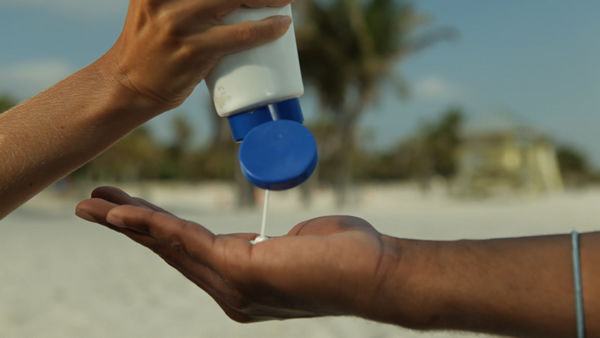Consumers may need more education on sun protection
- Derm City
- May 18, 2016
- 2 min read
Courtesy of AAD
A recent survey conducted by the American Academy of Dermatology (AAD) indicates that consumers may be confused about the wide range of SPF numbers on product labels and some may not be using sunscreen properly.
Only 32% of survey respondents knew that an SPF 30 sunscreen does not provide twice as much protection as an SPF 15 sunscreen. Moreover, only 45% knew that a higher-SPF sunscreen does not protect a person from the sun any longer than a lower-SPF sunscreen.
“It’s important that everyone understands what they are seeing on a sunscreen label,” said dermatologist Dr. Abel Torres, president of the AAD. “A sunscreen with an SPF of 30 blocks up to 97 per cent of the sun’s rays. Higher SPFs block slightly more rays, but a higher-number SPF does not allow you to spend more time outdoors without re-application; all sunscreens should be re-applied every two hours, or after swimming or sweating.”
While 85% of participants in the AAD survey knew that sunscreen needs to be re-applied after swimming, a study from the Johns Hopkins University School of Medicine in Baltimore, published in the Journal of the American Academy of Dermatology (May 16, 2016), indicates that some people may not be using sunscreen correctly. In studying 758 people with a history of nonmelanoma skin cancer and 34,161 control subjects, the authors found that those with a history of NMSC were more likely to seek shade, wear protective clothing and apply sunscreen, but they still received sunburns as often as those without a history of NMSC. While seeking shade and wearing protective clothing were associated with lower odds of sunburn, sunscreen use was not.
“While it makes sense that people with a history of skin cancer were more likely to practice sun protection, we were surprised to see that their methods were not always effective,” said Dr. Anna L. Chien, one of the study’s co-authors and an assistant professor of dermatology at John Hopkins. “Our results reinforce the importance of everyone using multiple types of sun protection; people who rely only on sunscreen may not be applying enough, covering all their exposed skin or re-applying often enough to shield themselves from the sun’s harmful UV rays.”
The authors concluded that their findings suggest that “physicians should emphasize sunburn prevention when counselling patients with previous NMSC, especially younger adults, focusing on shade and sun avoidance over sunscreen.”




Comments